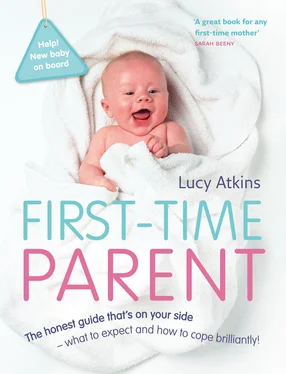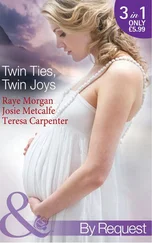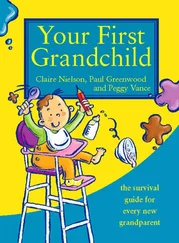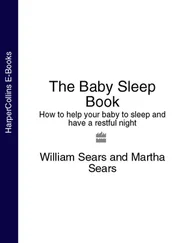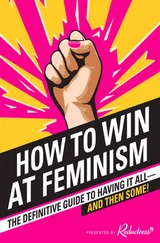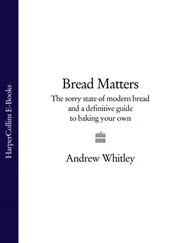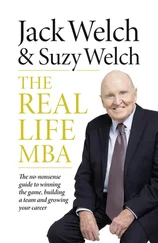A way to sterilise them ( see here)
A baby-bottle brush for washing them up
A supply of powdered baby formula. Most infant formula milks are based on modified cow’s milk. If you think your baby may be allergic to cow’s milk, talk to your GP–don’t buy over-the-counter alternatives like soya or goat’s milk as they may make your baby ill. sma is a well-known brand of formula, and Hipp Organics does a popular (if pricey) organic formula available in many supermarkets (and Boots).
Cartons of formula for feeding on the go
‘Buggy’, ‘stroller’, ‘pushchair’, ‘pram’, ‘three-in-one’, ‘travel system’, ‘jogger’: there are countless devices for transporting your baby from A to B. In essence, you need to buy some form of transport for your newborn that lies flat for the first three months, because tiny babies don’t have the head control to cope with sitting more upright. After about three months you want to be able to raise the back of the buggy seat up progressively so that, by about six months, your baby can sit up in it. You can buy expensive lie-flat prams for new babies, but they’ll be redundant after a few months. As a basic rule, if you want a buggy to last you from birth to four years, it needs to be lightweight, easily foldable and have a back that can lie flat but with several more upright positions too.
You can buy ‘travel systems’ or ‘three-in-ones’, which give you an infant car seat, pram and pushchair in one package. If you get one of these, make it lightweight or you’ll almost certainly ditch it when your baby reaches about six months, as it’ll become too clumsy and hefty. After about six months a lightweight ‘umbrella-type’ stroller that folds easily is really all you need (you can buy these suitable from birth–Maclaren does a popular one that lies flat for newborns).
As for the rest, in general, buggy accessories add money but not much value. The only really useful ‘extras’ are: somewhere to put your shopping (a sling-type pocket under the buggy is fine); a good rain cover; some form of sun canopy (you can buy clip-on sun umbrellas) and, in the winter, a ‘cosy toes’ sleeping bag that fits on the buggy can be handy (blankets slip off easily when you’re mobile).
WHEN CHOOSING YOUR BUGGY, YOU SHOULD ALSO CONSIDER:
What you’ll use it for. Will it fit in your front door and into your car? Will you be mostly in the city or jogging down country lanes? Carrying it up stairs? On to buses?
How long you want it to last. The first few months? Or all the way to three or four years?
Your budget. But bear in mind that cheapo ones can be a false economy–they break, or you just get sick to death of how crap they are then crack and buy a pricey one.
Quality. Forget the fabric design–you want it to be easy to steer, solid, relatively lightweight, reasonably padded with good suspension and a smooth folding action.
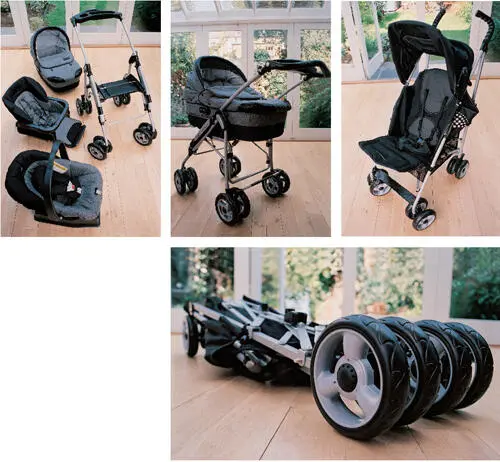
The constituent parts of a ‘three-in-one’ (clockwise from bottom): the car seat, the buggy fitting (which can lie flat or upright), the carry cot and the frame. (above)
You can fit the carry cot, the car seat or the buggy fitting on to the basic frame.
From about six months you’ll probably decide to ditch this stuff and get a lightweight ‘umbrella-type’ stroller, (right)
For details of all these companies, see Contacts.
Mamas & Papas, my favourite, do lightweight buggies that lie completely flat for a newborn but work all the way to four. Babydan are sturdy and Graco are lower budget but OK. For a posh long-lasting three-wheeler (from New Zealand, home of outdoorsy fanatics) try Phil & Ted’s. Bugaboo is the latest trendy design with great features. For double buggies, Mountain Buggy Urban Double is a top-of-the-range three-wheeler from birth to four years, and Maclaren do a popular, solid but not heavy ‘umbrella’ double buggy.
Go and try out a display model in Mothercare or Babies ‘R’ Us before you buy it at half the price online. A great place for baby equipment is eBay.
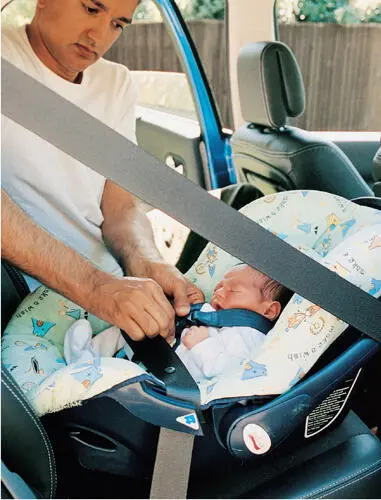
It is essential to have the correct car seat ( left ). This is a backwards-facing baby seat suitable until nine to twelve months.
Car accidents are a leading cause of death and injury in children, so this is one to take very, very seriously. You can buy car seats suitable from birth to four years, or a backwards-facing baby seat suitable until nine to twelve months (depending on the size of your baby), then a car seat suitable from about nine months to four years. The backwards-facing baby seat is useful as you can clip it in and out of the car and carry or sit your baby in it when you’re in café or friends’ houses.
THERE ARE CERTAIN CAR-SAFETY RULES YOU SHOULD ALWAYS FOLLOW:
Always put your baby in a properly fitted seat, suitable for his age and weight.
Be sure the car seat is genuinely a safe one. It should have a British Standard Kitemark or United Nations Standard Regulation 44.03 and is the one piece of equipment you shouldn’t buy second-hand unless you know its history (i.e. no accidents) and have the instructions. For information on choosing the right car seat and fitting it correctly go to www.thinkroadsafety.gov.uk or www.childcarseats.org.uk.
Never fit an infant car seat in the front seat of a car with air bags. The back seat is the safest place (unless your car is, freakishly, without back-seat seatbelts).
Never ever take your baby out of the car seat when the car is moving, even if he is purple in the face and bellowing and your pulse is racing. We have all been tempted to do this but it’s extremely dangerous. Always pull over somewhere safe before you get him out.
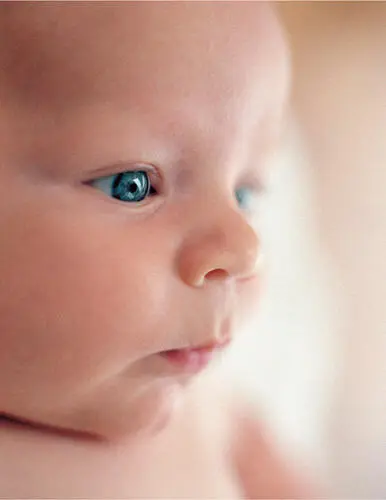
Конец ознакомительного фрагмента.
Текст предоставлен ООО «ЛитРес».
Прочитайте эту книгу целиком, купив полную легальную версию на ЛитРес.
Безопасно оплатить книгу можно банковской картой Visa, MasterCard, Maestro, со счета мобильного телефона, с платежного терминала, в салоне МТС или Связной, через PayPal, WebMoney, Яндекс.Деньги, QIWI Кошелек, бонусными картами или другим удобным Вам способом.
